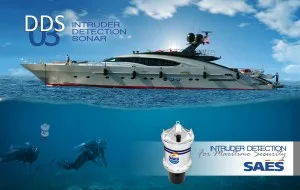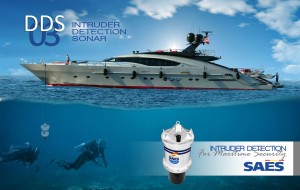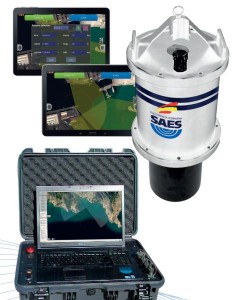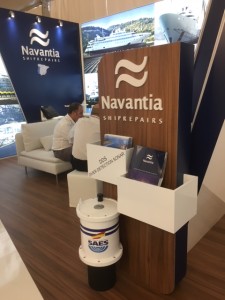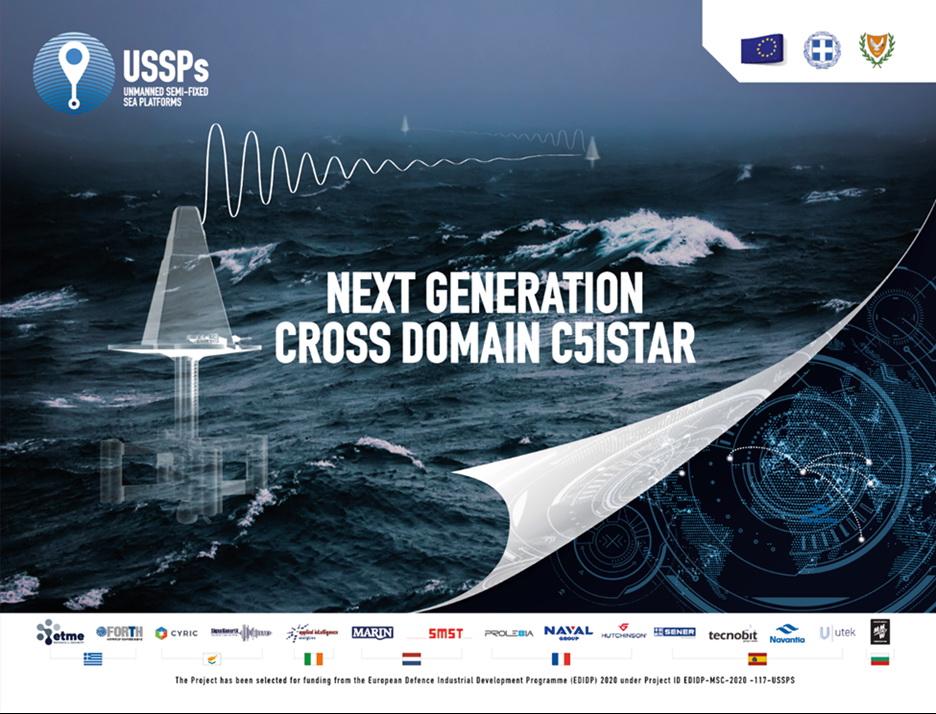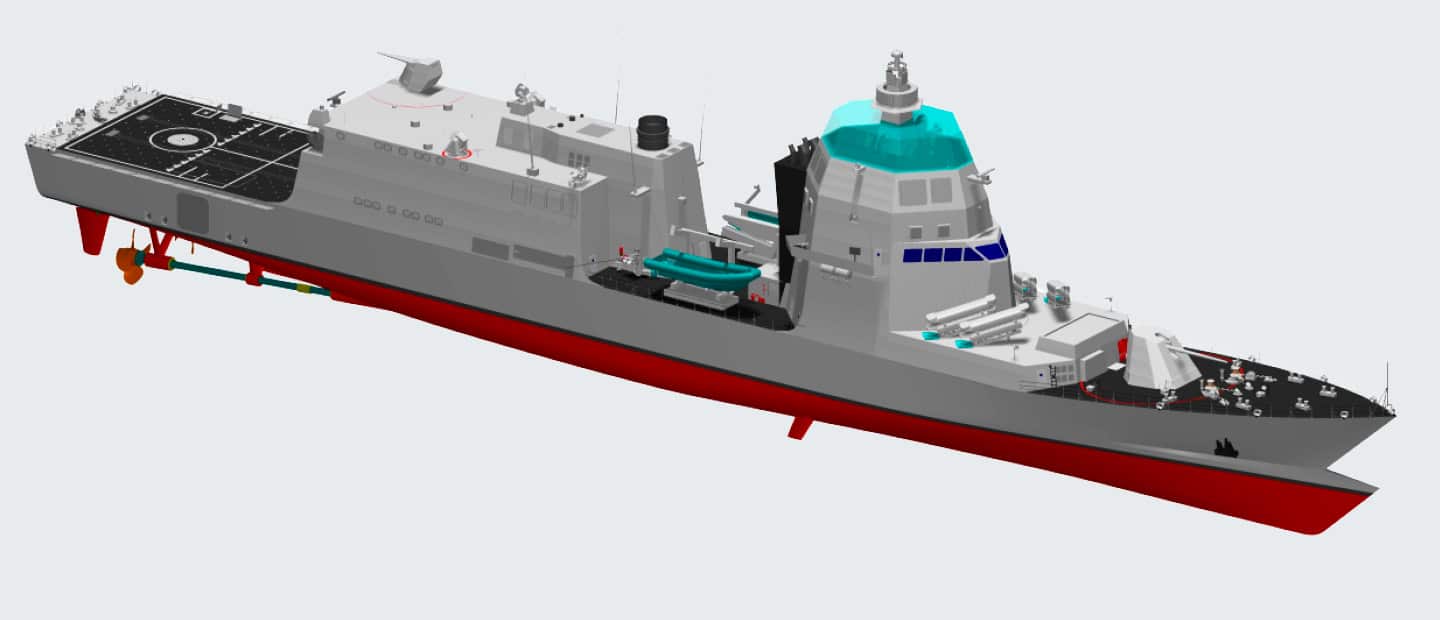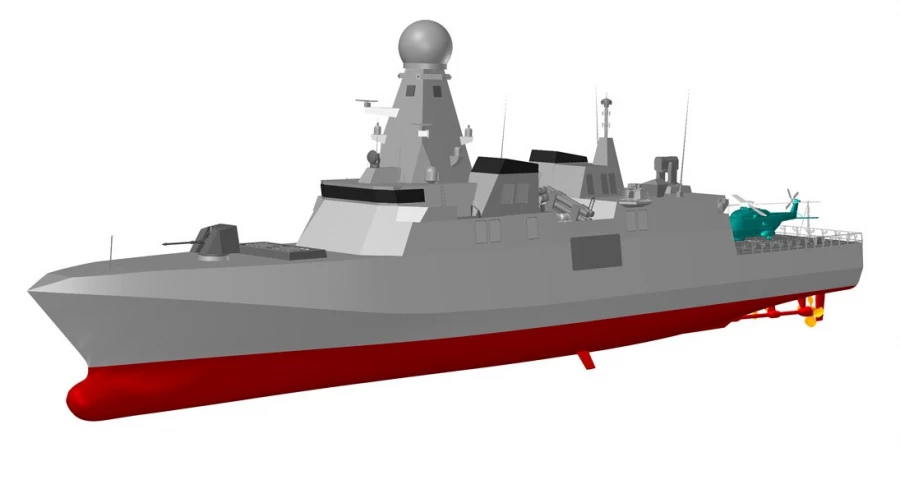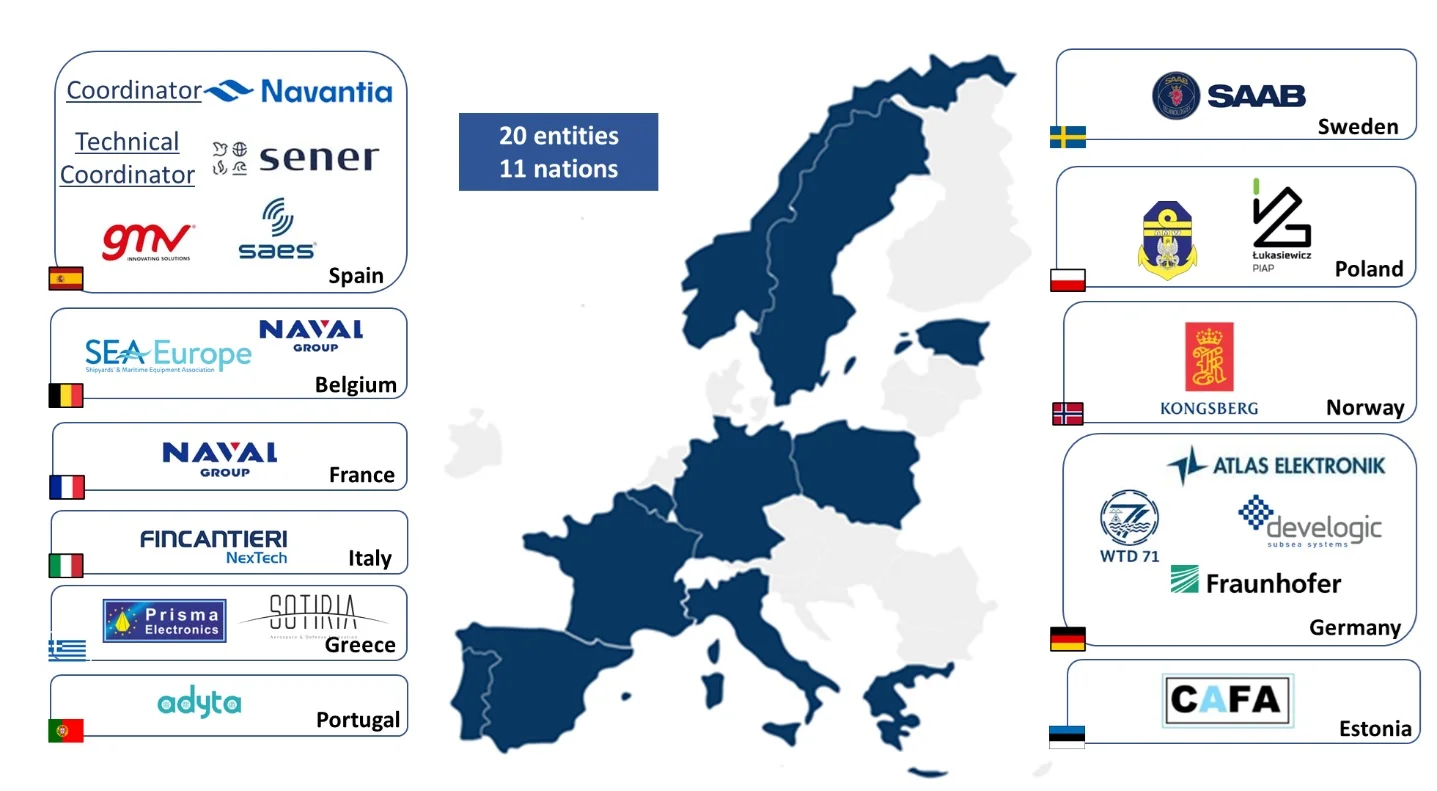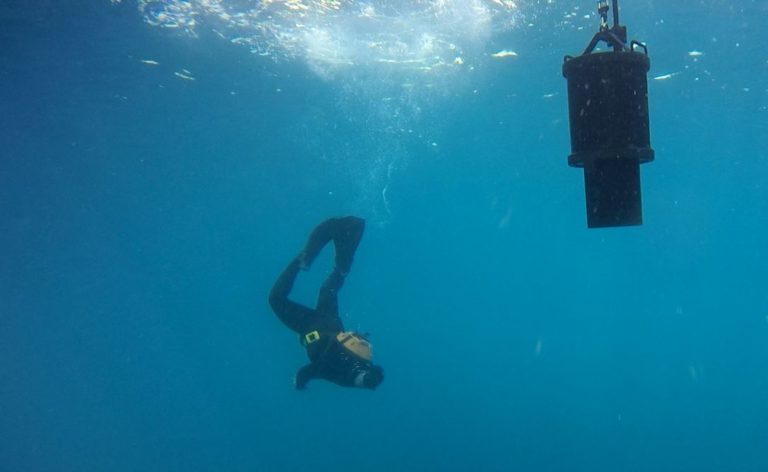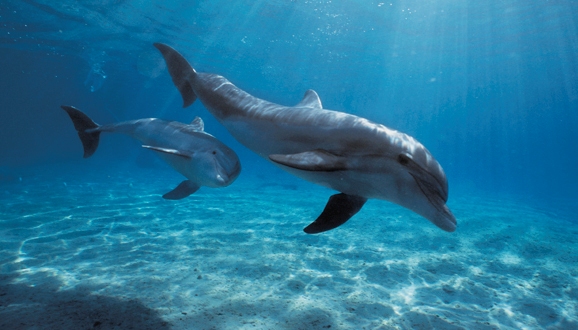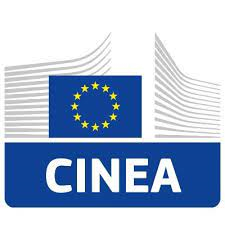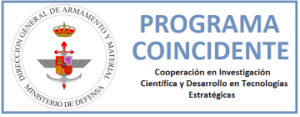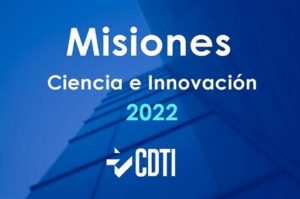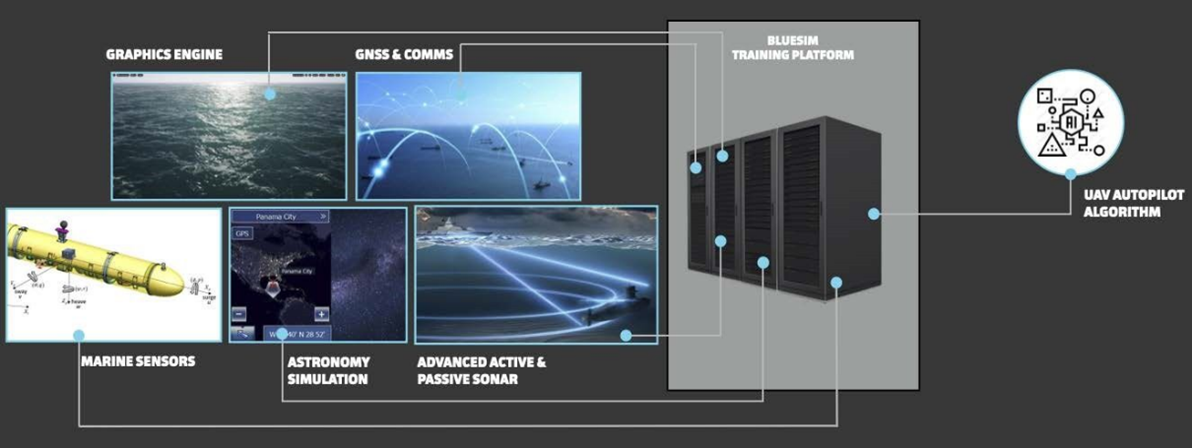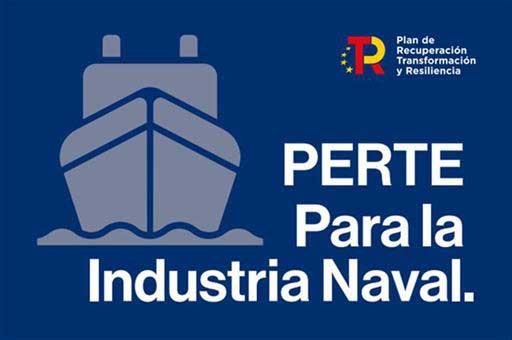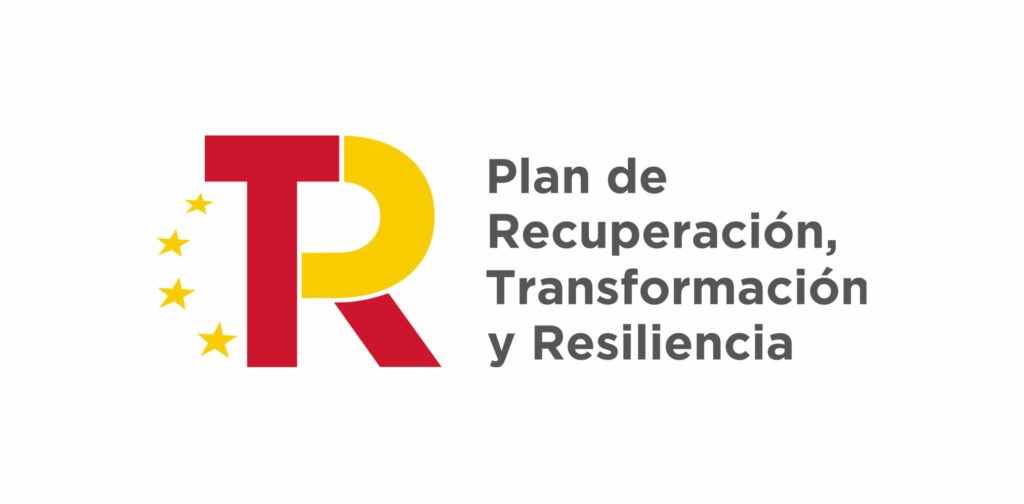The DDS-03 is being showcased in the NAVANTIA booth (QP45), at Monaco Yacht Show, from the 28th September to 1st October.
At sea, the threats coming at surface water can be easily detected by radar and visually, but usually there is a gap on underwater security. A diver or a small underwater vehicle can evade the traditional surveillance systems and endanger the superyacht and their guests.
The DDS-03 is an underwater security and safety system specially designed for the detection of divers and other threats as underwater vehicles that can be used for the surveillance and protection of anchored ships and ports.
When DDS-03 detects and tracks a threat, automatically generates an alert indicating its position, distance, trajectory and type of contact, allowing cast a deterrent message to the diver or send a patrol to the area. The automatic detection, classification and tracking functions provides reliable alerts of multiple underwater targets with minimal false alarms.
The DDS systems has different ways of deployment depending on the operational use and zones to be protected. It can be easy deployment ‘over the side’ of a superyatch, manually or using a davit crane, and also can be installed in a harbour piers or in the sea bottom, in order to protect any port or infrastructure.
The system, that accomplished with the most rigorous exigencies since their development initially emerged under military high requirements, has also been designed to be simple and intuitive, in fact no specialist operator is required.
By the DDS-03 Diver Detection Sonar, the yacht owners can feel there are not underwater gaps in security, and also the managers of the most important ports, can offer a total security for the docked yachts.
